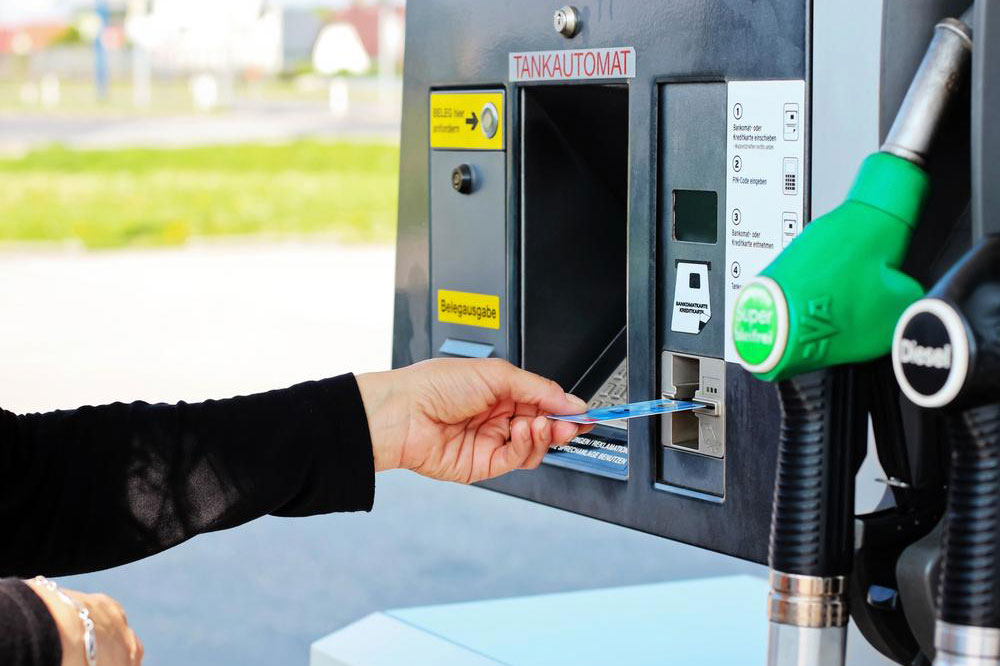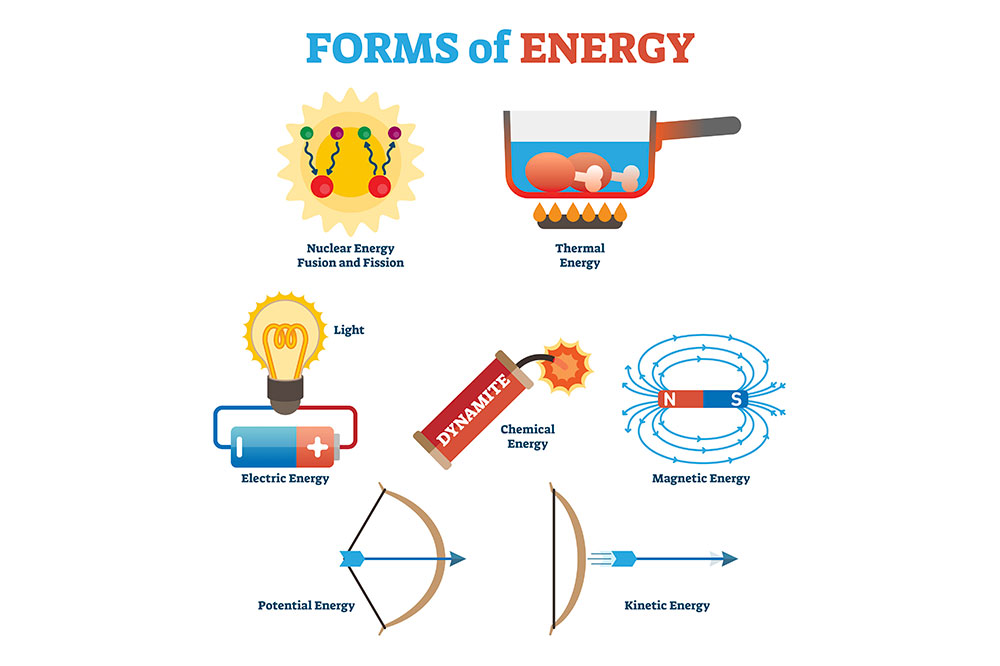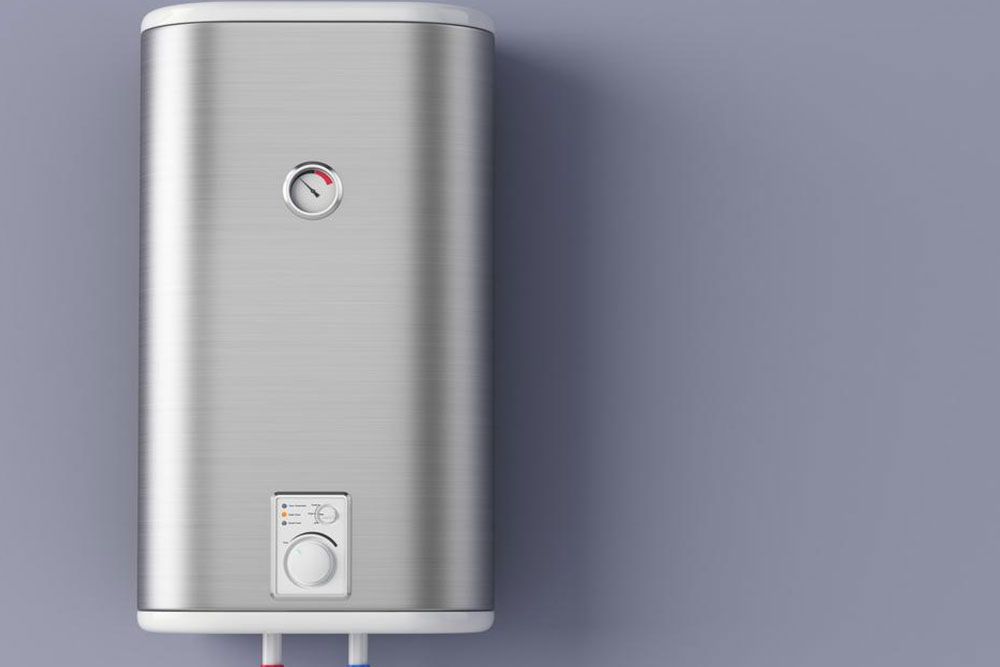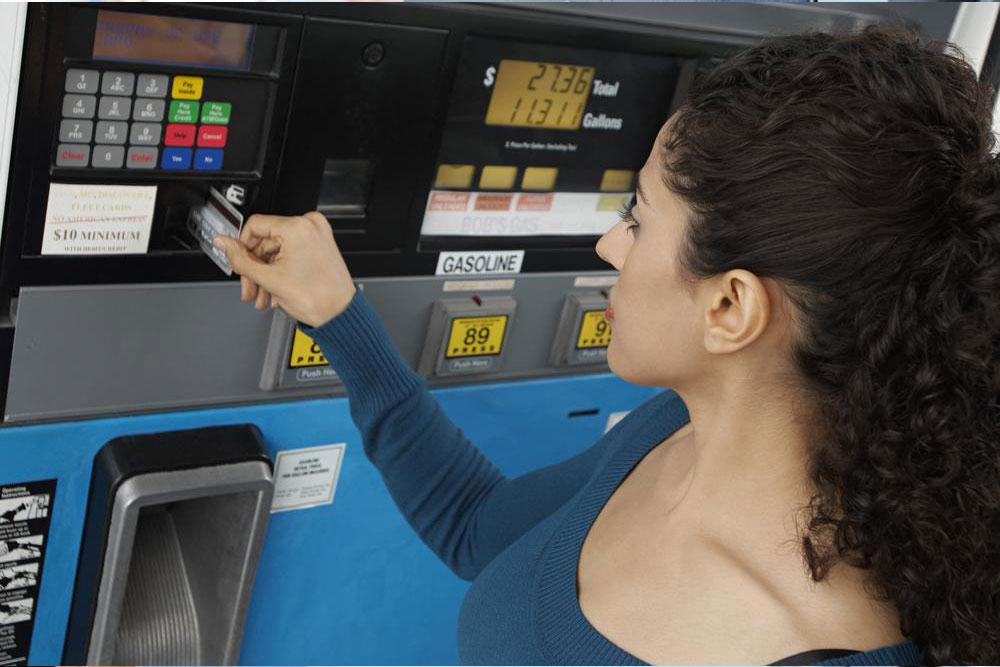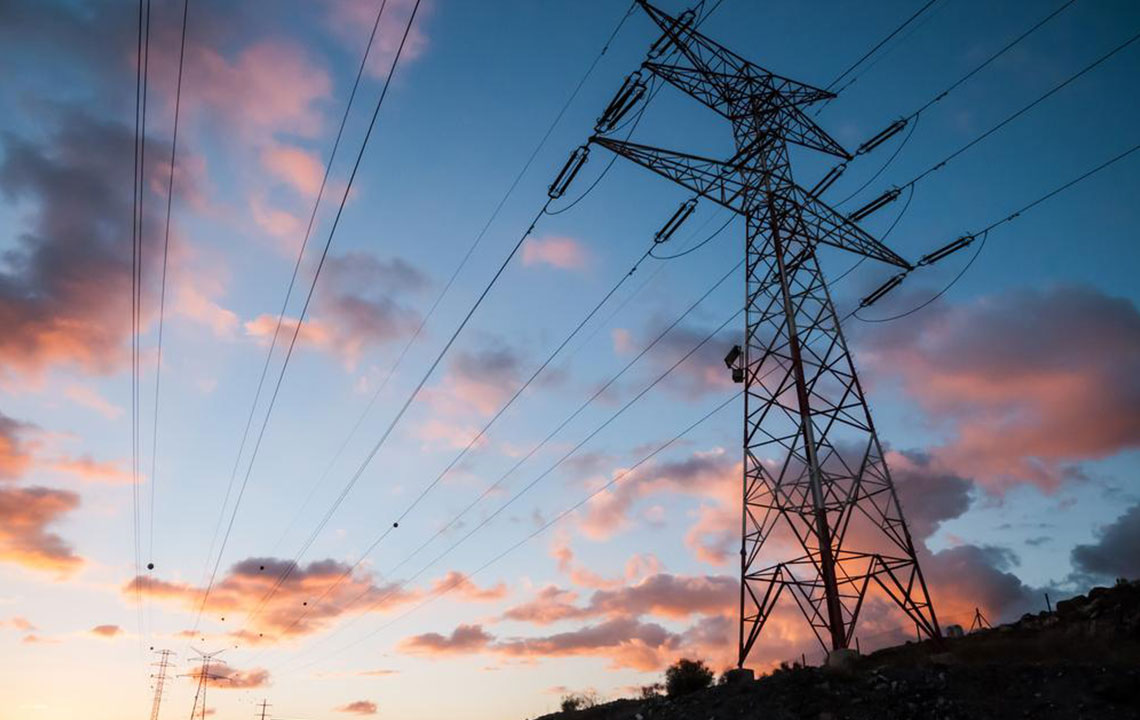State-by-State Gas Price Comparison and Key Factors Influencing Costs
This article examines the disparities in gas prices across various US states. It highlights factors such as taxes, environmental standards, and logistical issues that influence fuel costs. California, Hawaii, and Washington are among the most expensive states, while states like Arkansas and Oklahoma enjoy lower prices. Understanding these regional differences helps consumers make informed fuel purchasing decisions and recognize the policies impacting fuel affordability.
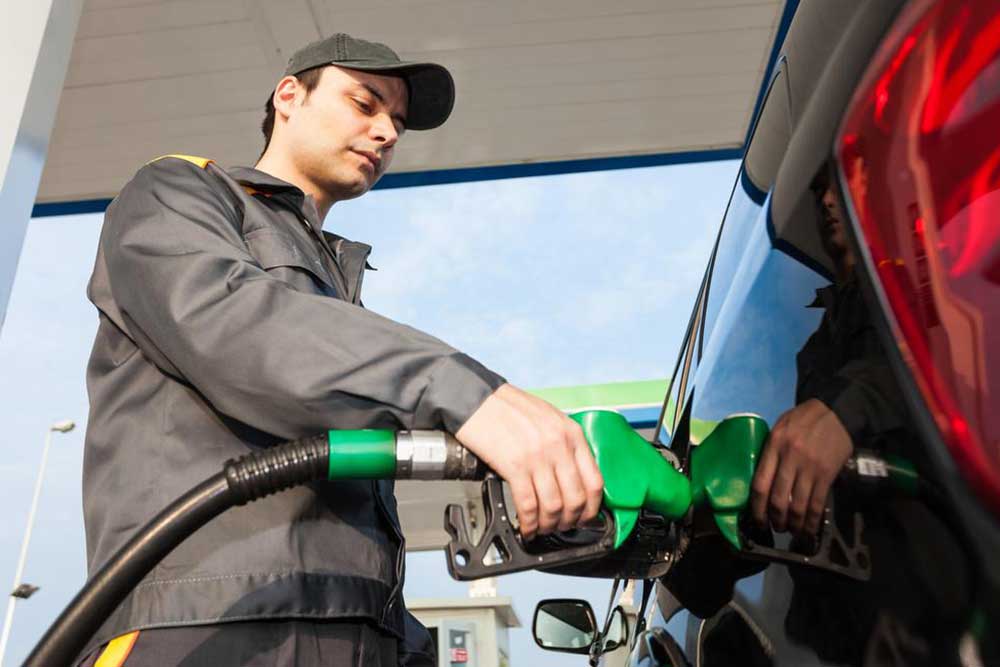
The fluctuating cost of gasoline remains a concern nationwide, prompting many to seek clarity on regional price variations. In the United States, certain states such as California, Washington, Alaska, Michigan, Utah, Connecticut, Hawaii, and Oregon regularly report high fuel prices, averaging around $3.50 per gallon with slight fluctuations. Contributing factors include state taxes, environmental regulations, and geopolitical tensions affecting oil production, notably from OPEC and Russia, which have recently curtailed output. Meanwhile, states like Virginia, Arkansas, Louisiana, Kansas, Mississippi, and Oklahoma enjoy lower prices, around $2.70 per gallon, due to fewer taxes and less restrictive policies.
California leads in having the most expensive fuel, driven by stringent environmental standards and high taxes, while Hawaii's logistical costs inflate prices due to shipping expenses. Alaska benefits from low taxes but faces refinery capacity issues, relying on imported refined fuel, which raises costs. Washington's gas prices are elevated due to transportation costs and taxes, compounded by policies like the Jones Act that impact import prices. Oregon's unique regulations require attendants to pump gas, adding to expenses, and its reliance on neighboring states for imports further boosts prices.

